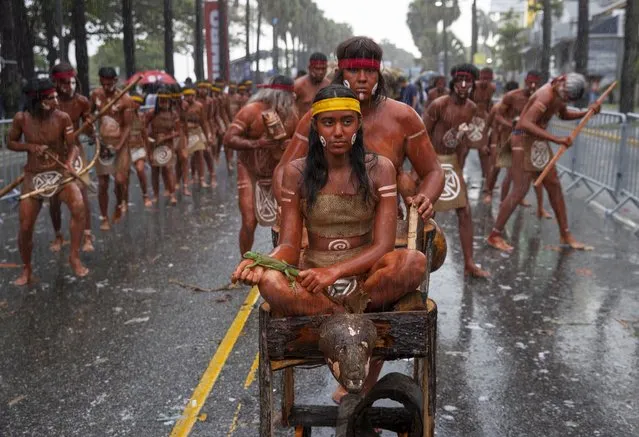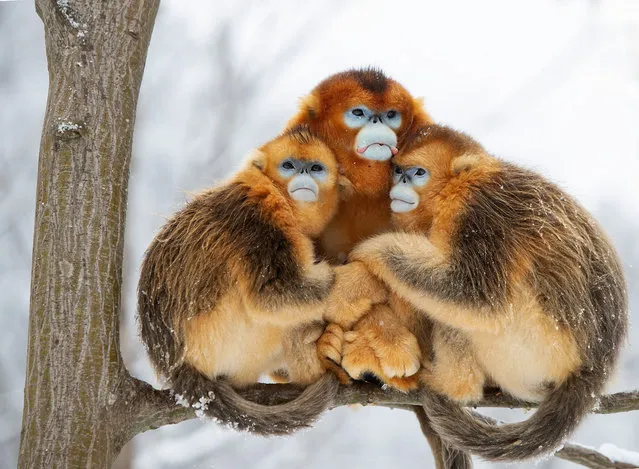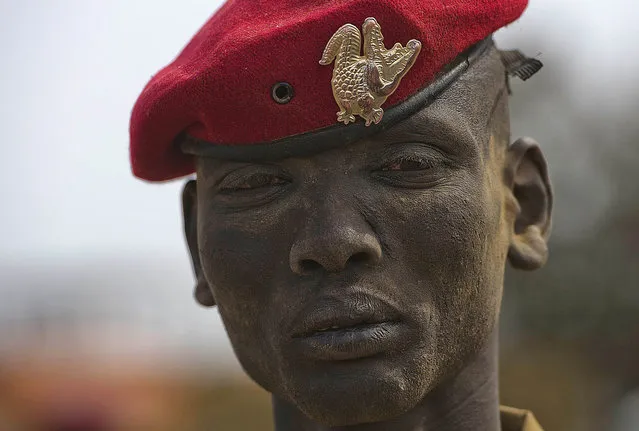
People take part in the 2022 National Carnival Parade, on the Malecon of Santo Domingo, Dominican Republic, 06 March 2022. The first post-pandemic national parade of the Dominican carnival had to appeal this Sunday to its color, enthusiasm and creativity to overcome the inclement rains that delayed and hindered the most popular and unbridled cultural display in the country. (Photo by Orlando Barria/EPA/EFE)
03 Jun 2023 04:16:00,post received
0 comments







